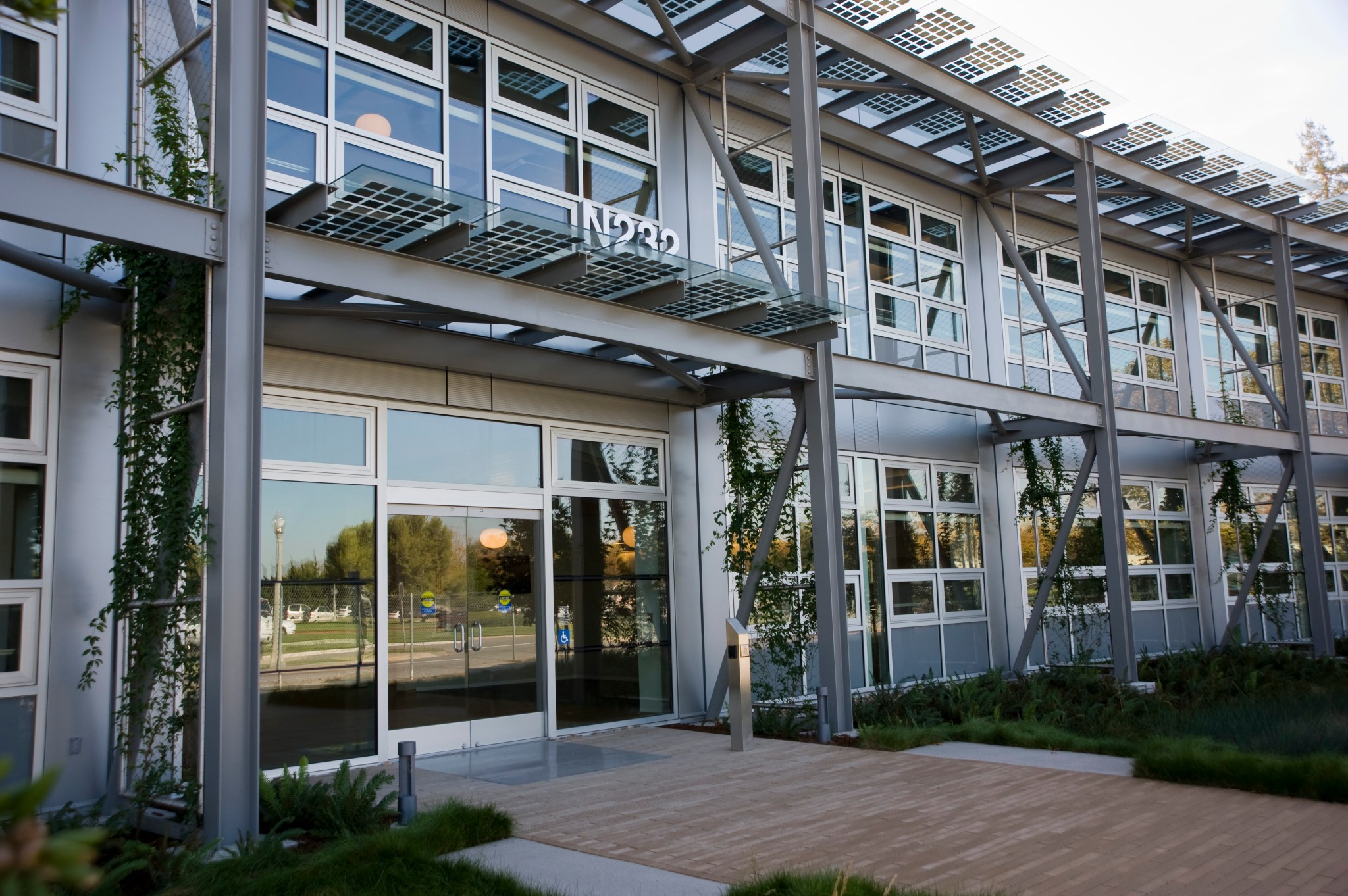
When NASA wanted to build the greenest, most energy-efficient federal building in the United States, it needed a way to keep track of the energy being consumed. After all, good design is only the first step — at a certain point, people were going to be using the space.
The building, located on the campus of NASA’s Ames Research Center and dubbed Sustainability Base, was designed with many energy-saving details, including massive windows and skylights to lessen the need for artificial light during daylight hours.
But NASA didn’t want to stop there, explains Sustainability Base research lead Rodney Martin. Even after the building opened in 2012, the agency wanted a way to ensure the occupants were making the best use of energy day-to-day.
It’s fairly easy to know how much energy an entire building is using, explains Martin, “but that doesn’t give individual occupants much info on what they can do to reduce that number.”
“We need ground truth. What’s consuming the most energy?” Martin says.
Real-Life Testbed
Enter Verdigris Technologies Inc.: the Moffett Field, California-based company designed a sensor that “listens” to electronic signals as they pass through a circuit panel and analyzes their fluctuations using a deep packet inspection algorithm.
The algorithm allows the sensor to differentiate between the devices using electricity in the building. So if you plug in an iPhone charger, it’ll know. And if your refrigerator has been chugging along using a certain amount of power every week and suddenly that number starts growing, it’ll know that too.
Similarly, if, like company cofounder Mark Chung, you go on vacation but your pool pump motor gets stuck in the “on” position, you’ll find out about it before you come home to a massive electricity bill. Chung, an electrical engineer, was frustrated by the inexplicable electricity spike and the cumbersome and inaccurate tools available to help him identify the problem. So he decided to create a better solution.
Chung and his colleague, Jonathan Chu, also an engineer, had been working with deep packet inspection algorithms to help network companies differentiate between types of data — text messages, voice calls, etc. — being transmitted and develop priority routing schemes.
When Verdigris approached NASA about a potential research partnership in 2012, they were put in touch with the team at Sustainability Base, who decided to incorporate a pilot system based on Verdigris’ early prototypes.
The partnership radically expanded the environment they were testing their sensor in, Chung explains. “We’d been doing [testing] in our lab with 15 or 20 devices, and suddenly we were in a wing of the building with hundreds of thousands of devices, in a real-world setting.”
That was a crucial step in developing the device that hit the market in 2014, Chung says. “With our system, the first time you plug it in, it can differentiate between devices, but you have to teach it what they are. That was one of the big advantages of working with NASA: Sustainability Base was like a virtual playground for us to teach the system.”
“Working with NASA also extended some credibility to us. It opened the doors for conversations with other customers,” he adds.
Plug and Play
The Verdigris system continuously monitors electricity consumption. It also compares the information to data gathered by Verdigris sensors at other sites and stored in the cloud, increasing the data points included in the baseline, which helps the algorithm detect when a machine is not working the way it should or could be heading toward a breakdown.
“One example, at a San Francisco hotel, was that we found dishwasher equipment not going through its heat cycle properly,” recalls Chung. The dishwasher wasn’t using as much power as expected to reach the heat needed to properly sanitize the dishes.
“They wouldn’t have caught this through their normal inspection process,” he says.
This function has proven to be a big selling point for Verdigris’ commercial customers, who include major hotels, corporate offices, hospitals and manufacturers — but is also attractive to NASA, says Rosalind Grymes, deputy director of the Partnership Directorate at Ames Research Center.
“We don’t want to wait for a device to fail, because the consequence is a really bad day in space,” she says.
NASA has a long history of transferring technology to the private sector. Each year, the agency’s Spinoff publication profiles about 50 NASA technologies that have transformed into commercial products and services, demonstrating the wider benefits of America’s investment in its space program. Spinoff is a publication of the Technology Transfer Program in NASA’s Space Technology Mission Directorate.
To learn more about this NASA spinoff, read the original article from Spinoff 2017.
For more information on how NASA is bringing its technology down to Earth, visit http://technology.nasa.gov.
Naomi Seck
Goddard Space Flight Center



























